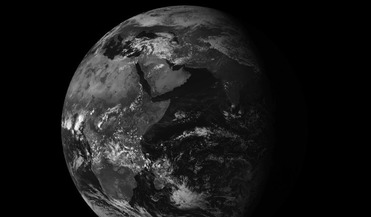 05 April 2017
The final journey for EUMETSAT’s oldest operational meteorological satellite
05 April 2017
The final journey for EUMETSAT’s oldest operational meteorological satellite
... to carry too much propellant, making it to heavy, so this is not an option. It is estimated that the number of satellites in the graveyard orbit is possibly already in the hundreds and this will only increase as many more new spacecraft are launched...
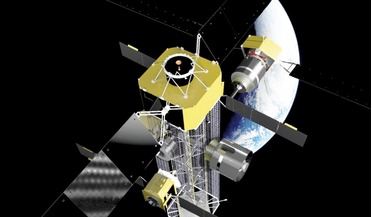 May 2019
Wake-up call for debris creation in geostationary orbit
May 2019
Wake-up call for debris creation in geostationary orbit
... rate is much better, but still a quarter of all satellites don’t make it, either remaining in GEO or an orbit that intersects it. So the graveyard orbit strategy only slows the rate of debris growth in GEO; it does not stop it. Moreover, in the...
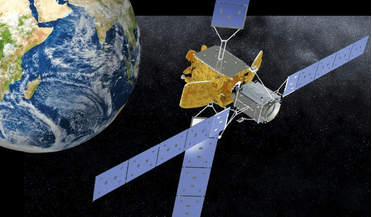 September 2019
Extending the life of geostationary orbit satellites
September 2019
Extending the life of geostationary orbit satellites
..., they are unable to maintain their positions in GEO and must be retired to a so-called ‘graveyard’ orbit. Satellites are not designed to be refuelled in orbit (no refuelling spacecraft exist in any case) and this state of affairs has defined the...
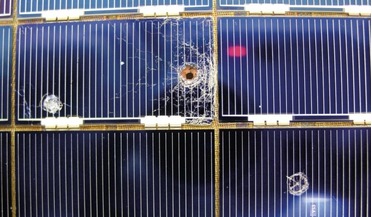 February 2021
Space archaeology - preserving our orbital heritage
February 2021
Space archaeology - preserving our orbital heritage
...interest from a wide range of organisations and many companies are seeking to exploit the wealth of orbital debris, seeing GEO graveyard orbits as a rich source of raw materials for reprocessing. The potential recoverable/reusable items include solar...
 April 2021
Satellite servicing comes of age
April 2021
Satellite servicing comes of age
..., like a phoenix rising from the ashes of the graveyard orbit, MEV-1/IS-901 replaced the Intelsat 907 satellite in active ... still operating, but lack sufficient fuel, to achieve a graveyard orbit. Launch of MEV-2 from French Guiana on 15 August ...
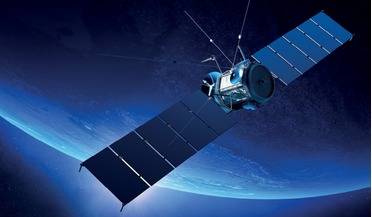 April 2017
Urgent action needed to keep satellites safe in orbit
April 2017
Urgent action needed to keep satellites safe in orbit
... of only becomes a new element of the debris picture, although it has been speculated that even satellites in the graveyard orbit may possibly shed debris that could drift into the protected GEO zone, or lower [19]. Limited resources...